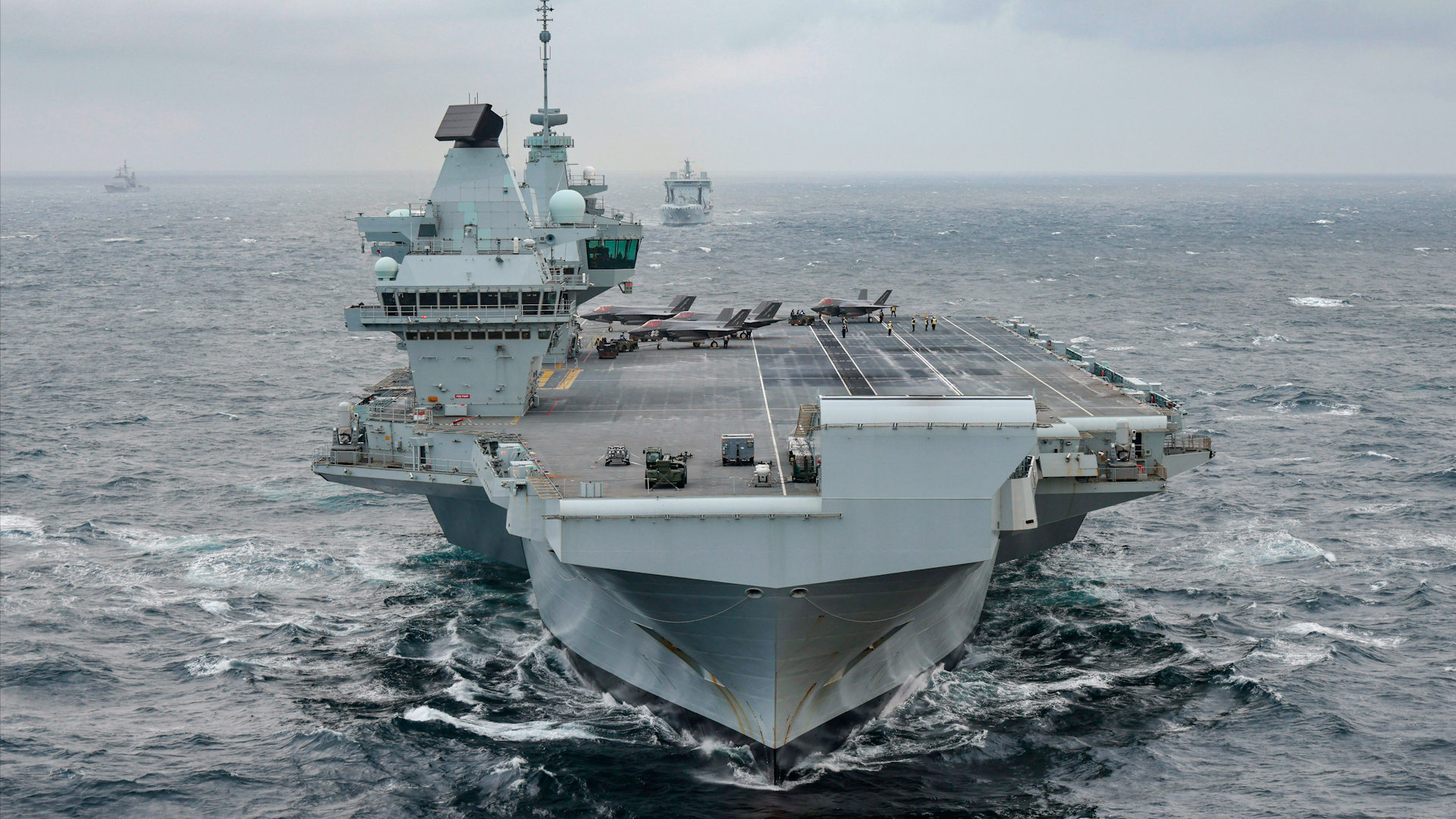
Royal Navy flagship: A nation's strength and power symbolised by one warship

The flagship of the Navy is designated as the fleet's most prestigious vessel, with the country's power represented in one warship.
The Royal Navy has announced that HMS Prince of Wales is the newest flagship, taking on the honour from her sister ship HMS Queen Elizabeth.
But, what is the history of the flagship, and which ships have carried the title in the past?
During the Roman Empire and Ancient Greece, ships which carried the leader or the commander were designated as the flagships.
Today, the most powerful vessel tends to carry the title of the head of the fleet.
However, in the Royal Navy, while the flagship has been represented by several different ships, HMS Victory is the flagship of the First Sea Lord.
Victory is also the oldest commissioned warship in the world.

Origins
The first English Navy flagship was originally named Ark Raleigh, but she soon became known as the Ark Royal after being purchased by Queen Elizabeth for £5,000.
She was named as the flagship of the fleet during the Spanish Armada campaign of 1588.
In 1608, she was rebuilt and renamed Anne Royal and was then broken up in 1636.
The second carnation of HMS Iron Duke became the flagship for the Grand Fleet of the United Kingdom in 1912, as she was the largest and most powerful naval force of the day.
She held the title until 1917, before passing it to the first version of HMS Queen Elizabeth.

HMS Queen Elizabeth
As one of the most powerful surface warships ever constructed in the UK, Queen Elizabeth was named the flagship of the Royal Navy in 2019, taking over from HMS Albion.
During her time as flagship, she led the UK Carrier Strike Group (UKCSG) which comprised HMS Kent, HMS Diamond, F-35B Lightning jets, and Wildcat and Merlin helicopters.
In 2023, for the first time, she fell under the control of Nato to create a task group able to operate across a vast area from the length and breadth of the Mediterranean and north to the Baltic Sea.
In November 2024, her tenure as the flagship for the fleet came to an end and her duties were passed to her sister ship HMS Prince of Wales.

HMS Prince of Wales
The 65,000-tonne aircraft carrier has been named as flagship for the first time in her five-year career.
Also described as one of the most powerful vessels ever constructed, she helps make up the Navy's two-strong fleet of Queen Elizabeth Class aircraft carriers with her sister ship.
With a flight deck measuring 70 metres wide and 280 metres long – the size of three football pitches – the powerful vessel has a crew of 700 and can hold 36 F-35B aircraft and four Merlin Helicopters.
Her namesake predecessor sailed alongside HMS Hood in 1941 during its infamous battle with the Bismarck.
HMS Prince of Wales survived the battle after scoring a hit on the German warship. HMS Hood, however, was destroyed.









